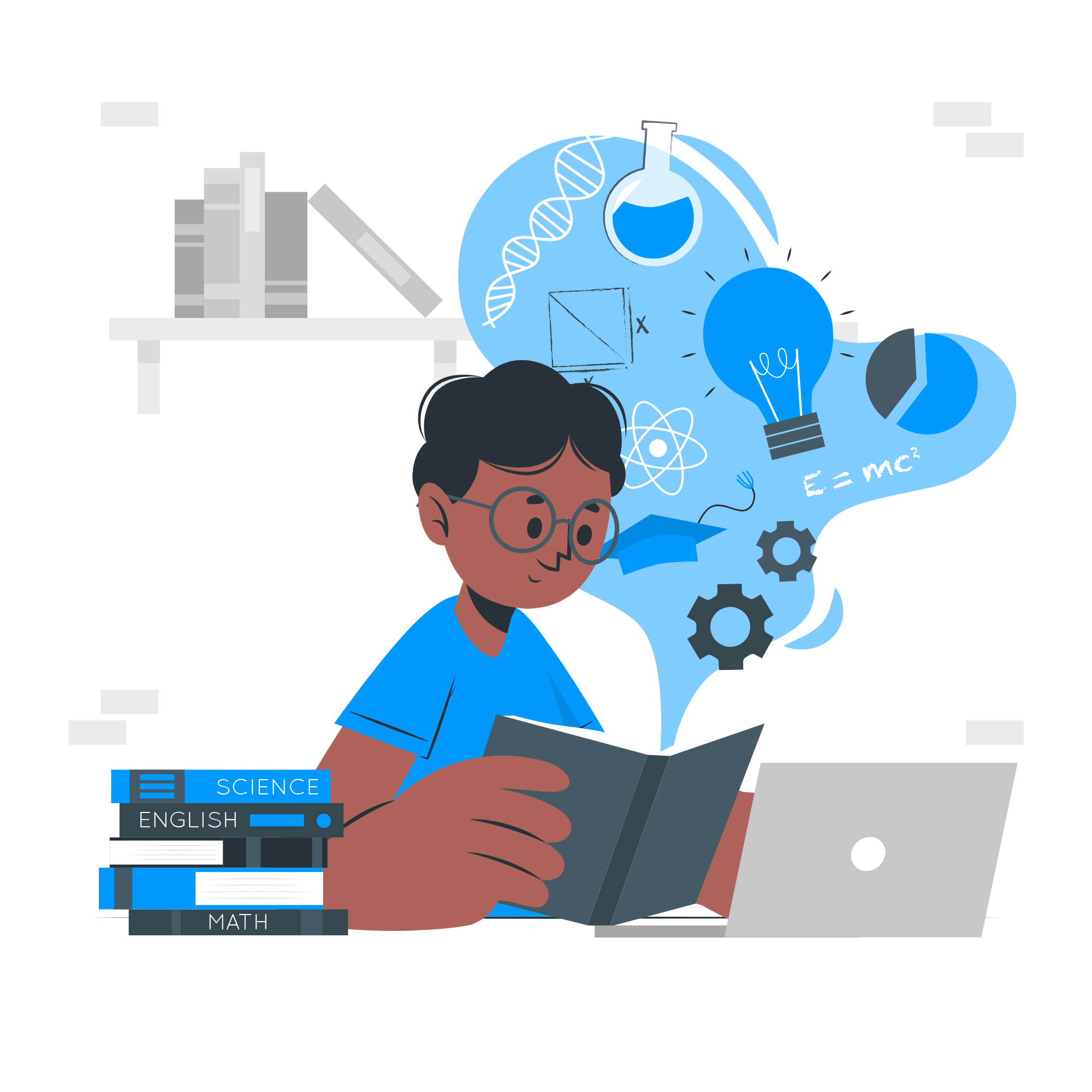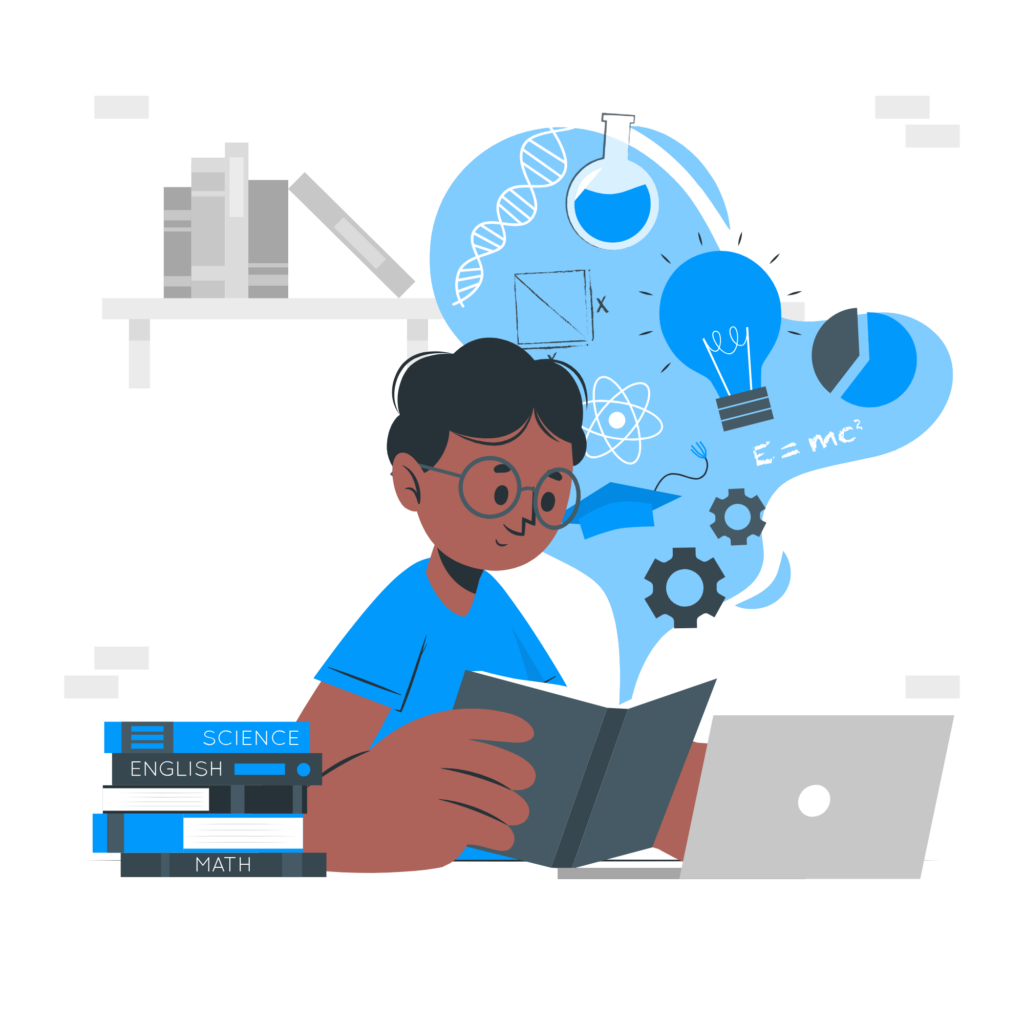Is Modern Education Modern Enough?
 Posted On
Posted On
Welcome, dear readers, let’s embark on a reflective journey to run through the merits and drawbacks of today’s modern education that still just appears to be traditional education that dons the guise of what’s modern. The existing framework of education, deeply rooted in the history of the Industrial Revolution, has shaped the minds of countless individuals throughout the ages. However, in today’s world of technological advancements and alternative approaches, there’s a pressing need to delve deeper into the benefits and limitations of this modern method that has ironically stayed modern for 200 years or so.

The Bright Side of Things
The Structured Symphony of Learning
In the early 1800s, mechanized textile production spread from Great Britain to the rest of Europe and beyond, sparking the growth of factory cities like Manchester and Dewsbury. The factories themselves were organized with rows and columns, optimized for efficiency. Similarly, its eerily similar to traditional education which offers a structured learning environment, where students follow a well-defined curriculum that outlines clear learning objectives. Just as the optimized factory stations ensured smooth production processes, each lesson in traditional education is crafted with precision, providing students with the essential knowledge needed for their educational journey.
The Power of Face-to-Face Interactions
Imagine the bustling factory floor, where workers seamlessly moved from station to station, repeating the same movements over and over again. Similarly, traditional education emphasizes face-to-face interaction, allowing students to actively engage in discussions, ask questions, and receive immediate feedback from teachers. This dynamic interaction goes beyond just fostering engagement and participation because of how it nurtures strong communication skills to prepare them for effective collaborations in the future. The personal connection and mentorship teachers provide in traditional classrooms can have a lasting impact on students’ academic and personal growth.
The Heritage of Established Resources and Infrastructure
Factories of the past were equipped with specialized tools and facilities to streamline production processes. In the same vein, traditional educational institutions provide students with access to well-equipped resources. Libraries, laboratories, and specialized equipment offer hands-on experiences and practical learning opportunities. Additionally, academic support services such as tutoring and counseling are readily available, enhancing the overall educational experience. The presence of established infrastructure and resources contributes to a rich and immersive learning environment.
A Tapestry of Social Development and Networking
Just as factory workers interacted with their peers, forming friendships and engaging in teamwork, traditional education nurtures social development. Students have the opportunity to interact with their classmates, forge connections, and collaborate on projects. Extracurricular activities further enrich their social skills, fostering a sense of community and preparing them for a future where teamwork and interpersonal relationships are invaluable. The social aspect of traditional education promotes cultural exchange, empathy, and the development of vital life skills, enabling students to navigate diverse social environments.
The Shrinking Fit of Modern Education
Shackles of Limited Flexibility
While factories were optimized for efficiency, the same optimization limited the flexibility of workers to perform a range of tasks. Similarly, traditional education often lacks flexibility. Students follow fixed schedules and adhere to a rigid curriculum, leaving little room for personalization. This can be challenging for individuals with diverse learning styles or specific interests that fall outside the established curriculum. As the world rapidly evolves, the rigidity of traditional education can hinder students from exploring their passions and pursuing alternative educational pathways that align with their unique abilities.
The Burden of Cost and Accessibility
At earlier times, factories relied heavily on a workforce that had only a sparse knowledge of reading and arithmetic, requiring only basic skills. However with the vast growth of technology, the not so modern-“modern education”, can impose financial burdens on a large number of students and their families solely to cater to the masses at the cost of individual attention and a personalized learning experience. Tuition fees, textbooks, and other expenses pose quite the strain on the scope of student potential, limiting their accessibility to quality education. Additionally, geographic constraints and inadequate educational infrastructure can further exacerbate the accessibility issue. This creates barriers that prevent certain individuals, particularly those from marginalized communities, from accessing the benefits of traditional education.
The Weight of Grades and Exams
Back then, factories used to measure productivity based on the volume of products exiting the production line in a given unit of time. And this has today pushed our education system to often place a strong emphasis on grades and exams for numerical metrics as the primary measure of success. This focus can create high levels of pressure and stress among students, overshadowing the joy of learning and hindering deeper understanding and critical thinking. The relentless pursuit of grades may hinder students from exploring subjects of personal interest and discovering their unique talents and strengths. This ordinal schema of valuing students rather than a cardinal one that highlights certain non-measurable skills is a huge reason as to why certain diamonds in the rough remain as they are, “in the rough.”
The Dearth of Innovation
Having resisted change for ages by sticking to familiar methods and tools. This monotonous method is ill-suited to embrace innovative approaches and encourage disruptive thinking and first principles thinking within students of this booming digital age. Outdated teaching methods and materials may fail to keep up with the rapid pace of technological advancements. This resistance to change within educational systems can limit the integration of modern tools and techniques, hindering students from acquiring skills required in the ever-evolving world. To prepare students for the challenges of the future, traditional education must embrace innovation, adaptability, and interdisciplinary approaches.
Conclusion
Traditional education provides a structured learning environment, fosters face-to-face interaction, and offers established resources and social development opportunities. However, it may lack flexibility, pose financial challenges, overemphasize grades, and struggle to keep pace with innovation.
In our modern, rapidly changing world, it is crucial to strike a balance between the ways of the old and of innovation. By leveraging the strengths of alternative approaches, we can create an inclusive and dynamic educational landscape. Let us recognize the need to adapt, evolve, and empower students with a well-rounded education that prepares them to navigate the complexities and opportunities of the future.
Education is the key to unlocking human potential. It is through a blend of traditional wisdom and innovative thinking that we can shape a brighter future for generations to come. Embrace the power of education, and together, let us embark on a journey of lifelong learning and growth.
Remember, dear readers, that modern education was a great practice suited for a past era despite its misleading moniker. However, now in the 21st century, let us harness the creativity, imagination, and adaptability that makes us uniquely human. Let us build an education system that cultivates innovation, collaboration, and critical thinking—a system that prepares students not just for work bound by routine but for a world of boundless possibilities.